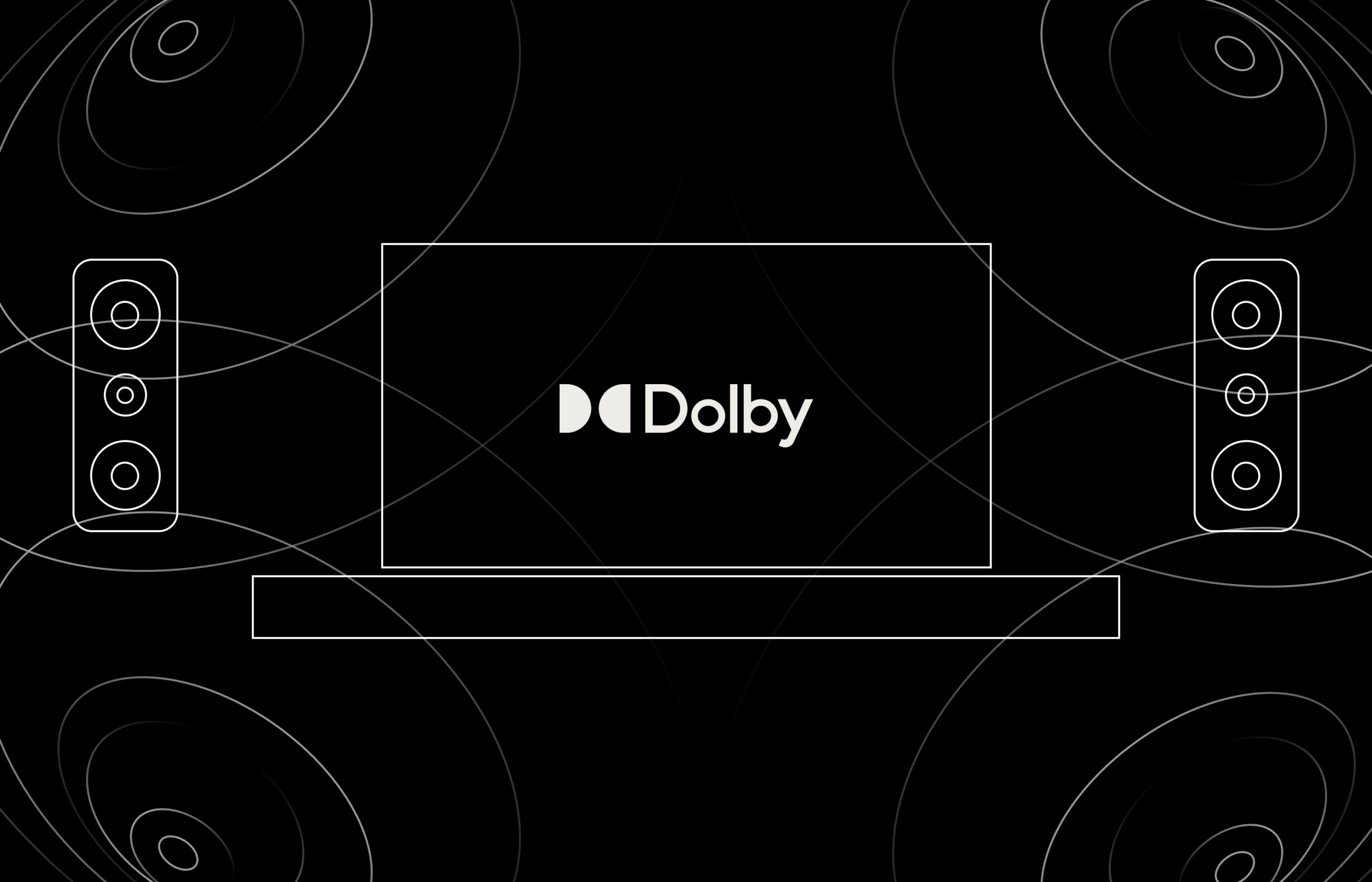We love creating truly immersive home cinemas based around Dolby Atmos™ audio. This is the cutting-edge surround sound technology that has transformed in-home and commercial cinema audio forever. This is why we feel compelled to ask why Dolby is allowing the concept to be watered down and damaged by allowing products that can never truly produce Dolby Atmos to carry the logo.
Creating a truly immersive home cinema using Dolby Atmos is a complicated business, a huge amount has been written, discussed and commented on about how exactly to get the best performance and this will continue as fresh ideas and content arrive.
The Dolby Atmos Specifications publication is 24 pages long and carries literally every angle of what installers need to know and adhere to when creating a home cinema that will enable the customer to enjoy the full force of the technology. It is a very thorough document and is used by many installers as the blueprint for ensuring they deliver all the system can offer. The choice of components and products is of course up to the installer and will be determined by many factors that change from location to location and client to client, but the rules that determine how to build a Dolby Atmos home cinema are always the same. They were created by Dolby to enable installers to reach the performance zenith the system offers and presumably, this took Dolby scientists considerable effort and that is before you get into all the effort Dolby went to in creating the technology in the first place!
The process of creating a fully certified Dolby Atmos home cinema endorsed by the company is even more challenging and begins with using the company’s own processor equipment, allied to software that is downloadable only after the company has approved all the drawings for speaker placement in the room, the process requires a lot of work and many drawings. Once the design has been approved by Dolby, the software, using the drawings as its guide, can be downloaded and fed into the Dolby processor. To get the official seal of approval from Dolby should be a challenge and we welcome the fact it is controlled in this way. We would not expect a company of this calibre and history to put its official stamp on projects that do not meet the very highest standards.
So, taking all of this into account, why is Dolby allowing products, such as soundbars that are not equipped to properly deliver the truly immersive nature of the technology, to carry the official stamp of Dolby Atmos? Just google ‘Dolby Atmos Soundbar’ and a whole host of options appear at a wide range of price points.
Now we are not saying these soundbars are bad products and some do carry the ability to place sound in the room by reflecting audio off the walls, and to be fair this has been part of the domestic approach from a long way back, perhaps mostly out of the need to cope with unfavourable rooms or the need to meet a budget so less speakers are required.
But are these systems delivering true Dolby Atmos? we don’t feel so. The customer is taking them home, believing they have a Dolby Atmos system, when we would argue they don’t. What is our team to say to a client who, after we explain at length how to create a true Dolby Atmos home, they say, ‘I already have that on my soundbar, its officially endorsed by Dolby, it’s got the logo and everything’. Now we like to think we are good at explaining the benefits of investing in our expertise and experience, but when something is officially endorsed by the company that created it, that presents us with a challenge.
So, in conclusion it is accurate to say that we love Dolby Atmos and we thank Dolby for creating it, but we would ask the company to stop damaging its own concept by endorsing products that we feel can’t meet the true specifications required to deliver it. Dolby Atmos is a great system, lets protect it!
Give us Dolby Atmos lite, please.
